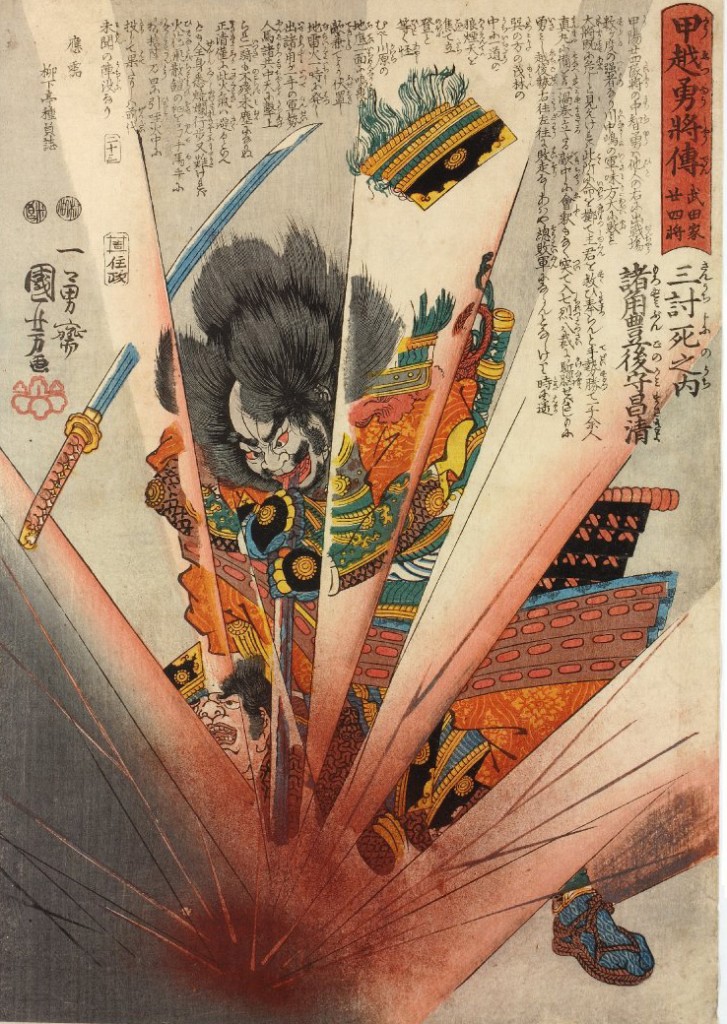Furuya Sensei used to say, "The Way is hard."
I am sure it is akin to wrestling a tiger. To follow the Way means to live one's life at a higher level. To get to this level and stay there is a constant battle against ego, complacency and carelessness.
I always remember a quote that I read in the Scientific American some years ago, "You fail to the level of your preparation." It is so true. We don't rise to the occasion, we fall to to the level of our weakness.
There are three doors in training that once opened can lead one down a path toward failure.
The first is ego which is the enemy of all martial artists.
The second is complacency.
The third is carelessness.
Once these doors get opened, they are hard to close.
A martial artist must always be humble, hardworking and diligent.







